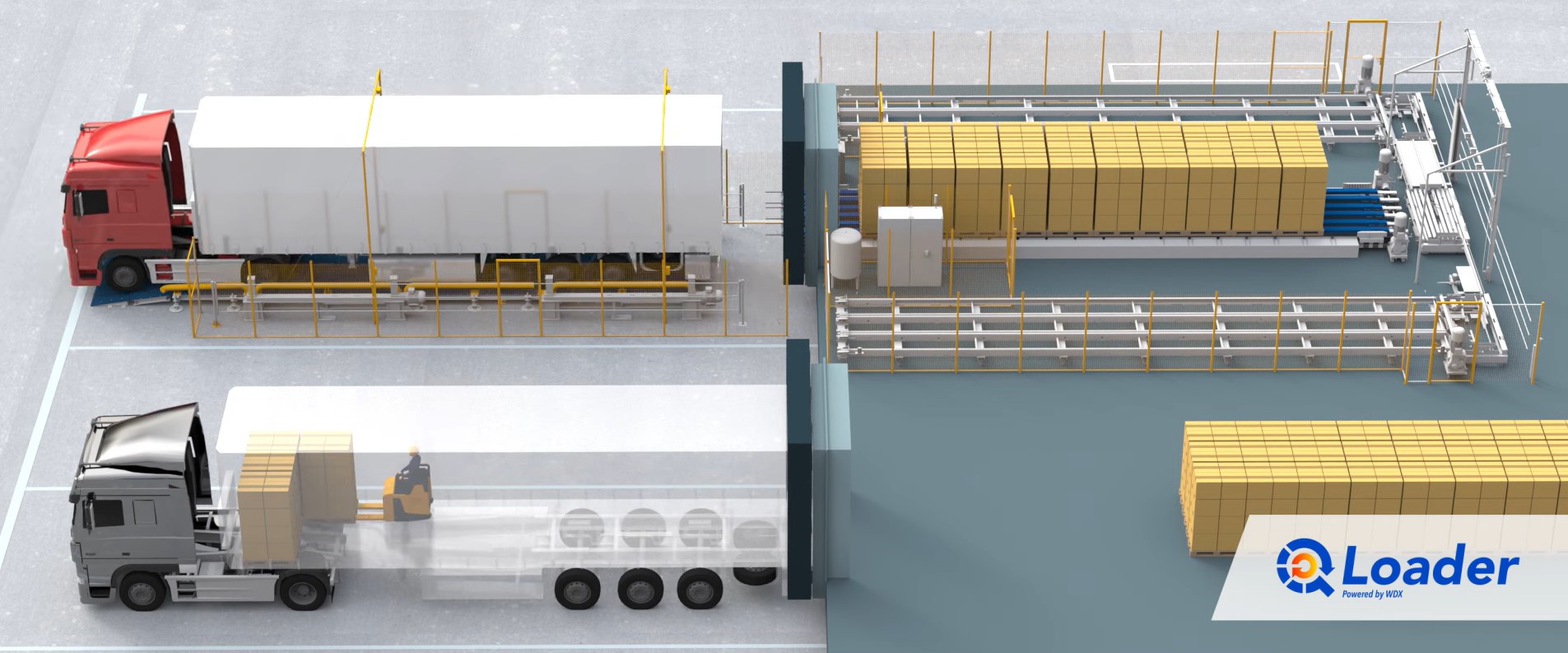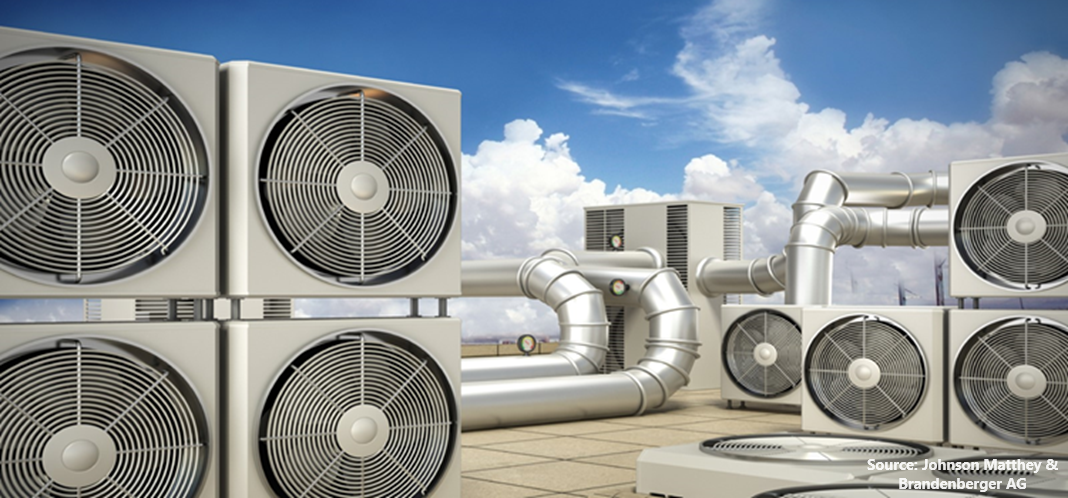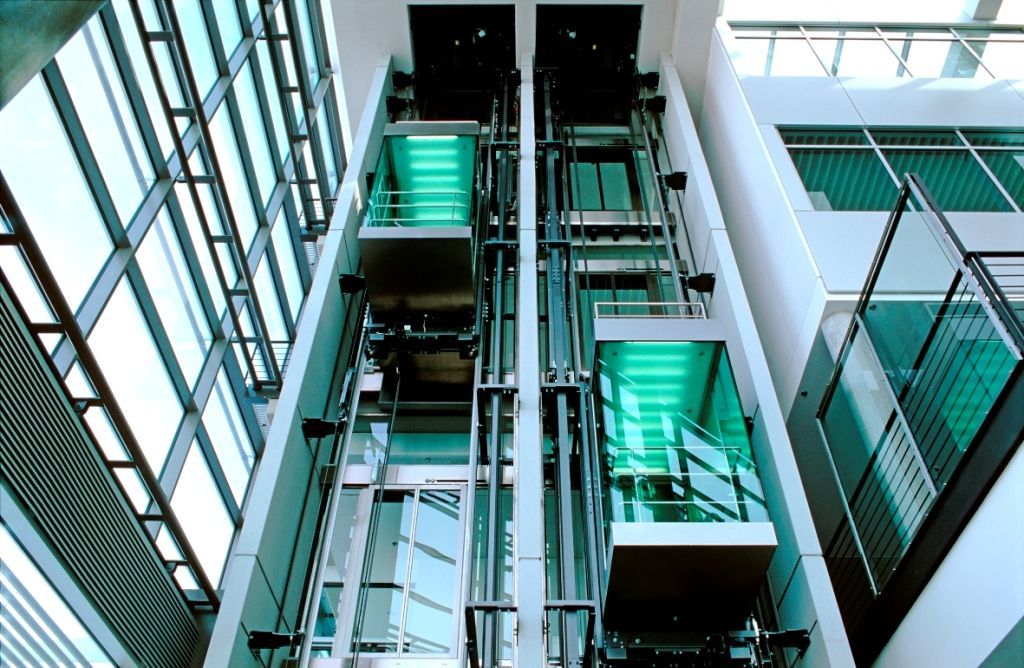
HVAC Systems Market by Equipment (Cooling Equipment, Heating Equipment, and Ventilation), by Implementation Type (New Construction and Retrofit), and by End User (Residential, Commercial, and Industrial) – Global Opportunity Analysis and Industry Forecast, 2024 – 2030
Industry: Construction & Manufacturing | Publish Date: 17-Sep-2024 | No of Pages: 374 | No. of Tables: 284 | No. of Figures: 251 | Format: PDF | Report Code : CM1306
Market Overview
The global HVAC Systems Market size was valued at USD 209.37 billion in 2023, and is predicted to reach USD 332.17 billion by 2030, with a CAGR of 6.2% from 2024 to 2030.
HVAC (Heating, Ventilation, and Air Conditioning) refers to the technology and systems used in buildings to regulate indoor environmental conditions such as temperature, humidity, and air quality to ensure comfort and safety for occupants. Heating systems provide warmth during colder months, ventilation systems circulate and replenish indoor air, and air conditioning systems cool and dehumidify indoor air during warmer months.
HVAC systems offer several advantages, including improved occupant comfort and health, increased energy efficiency leading to cost savings, better indoor air quality through filtration and ventilation, precise temperature control for enhanced productivity in commercial settings, and protection of building infrastructure from extreme weather conditions. Additionally, these systems can be designed to meet specific requirements, contributing to sustainability goals by reducing carbon emissions and promoting eco-friendly practices in building operations.
Increasing Energy-Saving Regulations Drives the HVAC System Market
The implementation of residential energy-saving regulations drives the HVAC system market. For example, the U.S. Department of Energy (DOE) established minimum efficiency standards for air conditioning and heat pump systems. These standards will impact the residential and commercial rooftop equipment. The minimum Seasonal Energy Efficiency Ratio (SEER) rating has increased from 13 to 14.
Furthermore, the new SEER2 standard, which measures the cooling output of an air conditioner or air-source heat pump as compared to its consumption of electrical energy, has been adopted. These new regulations are expected to make air conditioners much more efficient than before. Moreover, they are aimed for reduced energy consumption and increased cost savings for customers.These regulations drive the HVAC system market by requiring more energy-efficient systems than before and prompting manufacturers to develop and produce HVAC units that comply with these standards. Consequently, consumers are inclined to invest in more efficient HVAC systems to meet regulatory requirements and reduce energy bills.
Additionally, these regulations raise awareness among homeowners about the benefits of energy-efficient HVAC systems, leading to a higher demand for such products. This increased consumer awareness drives manufacturers to innovate and offer a wider range of efficient products to meet the growing market needs. This, in turn, further fuels the demand for energy-efficient HVAC systems.
Growing Demand for Improved Indoor and Outdoor Air Quality Drive the HVAC System Market
The growing demand for improved indoor and outdoor air quality drives the HVAC system market. The increasing awareness regarding the importance of air quality is compelling both residential and commercial property owners to invest in HVAC systems that can effectively filter and purify indoor air while minimizing outdoor emissions.As a result, there is a rising demand for advanced HVAC systems equipped with modern filtration technologies, such as HEPA filters and UV-C light sterilization that can eliminate pollutants, allergens, and pathogens from indoor air. This trend is driving HVAC manufacturers to innovate and develop new solutions that prioritize air quality improvement, thereby fueling the growth of the HVAC system market.
Price Volatility of Raw Materials Restrains the Growth of the HVAC system Market
The raw material expenses are increasing, due to the factors, such as inflation and disruptions in the supply chain. This increase in expenses adversely affects the manufacturing expenses associated with HVAC systems. The surge in costs for essential raw materials such as steel, copper, and aluminum significantly further raise the production expenses for HVAC manufacturers. As a result, small and mid-size HVAC manufacturers have faced margin pressures, impacting their profitability and ability to invest in research and development. This, in turn, serves as a restraint for the growth of the market.
IoT Integration Creates Ample Opportunities for the HVAC System Market
The integration of the Internet of Things (IoT) technology presents a significant market opportunity for the HVAC industry. The integration of IoT leads to remote control capabilities, enhanced energy efficiency, and predictive maintenance solutions. By incorporating IoT devices and sensors into HVAC systems, users can remotely monitor and adjust settings, optimize energy consumption, and proactively address maintenance issues before they escalate.This improves user experience and comfort, reduces energy costs, and extends the lifespan of HVAC equipment. As demand grows for buildings that are smarter and more efficient than the existing infrastructure, the implementation of IoT integration is expected to create ample opportunities for the HVAC system market.
Asia-Pacific Holds the major share in the Global HVAC Systems Market
The Asia-Pacific region is divided into China, Japan, India, South Korea, Australia, Indonesia, Singapore, Taiwan, Thailand, and the rest of Asia-Pacific. The escalating adoption of residential air conditioning, particularly in Southeast Asia, propel the Asia-Pacific HVAC system market.
According to the International Energy Agency (IEA), space cooling has emerged as the fastest-growing energy consumption segment in buildings across Southeast Asia. The IEA further reports a substantial surge in electricity consumption for cooling purposes across the region over recent decades. However, despite this surge, only 15% of households in Southeast Asia currently possess an air conditioner, indicating a vast untapped potential for growth in key markets.
As incomes in the region continue to rise and access to electricity improves, air conditioning is expected to become affordable for a broader segment of the population in Southeast Asia. This trend is driven by the increasing temperatures and improving economic conditions, making air conditioning an essential and attainable comfort for households across the region. Consequently, Southeast Asia is poised to witness a significant upsurge in air conditioner sales in the coming years, driven by the factors, such as rising temperatures and consumer incomes.
The IEA forecasts a substantial growth trajectory for the HVAC system market in Southeast Asia, estimating that the total number of air-conditioner units in the region would skyrocket from 40 million units in 2017 to a staggering 300 million units by 2040.
This rapid growth reflects the rising demand for air conditioning solutions driven by both climatic factors and the economic prosperity of consumers in the region. As such, the Asia-Pacific HVAC system market is poised to experience a significant expansion, fueled by the growing demand for residential air conditioning across Southeast Asia.
Competitive Landscape
Various HVAC systems industry companies include Midea Group Co Ltd, Daikin Industries Ltd., Gree Electric Appliances Inc., Johnson Controls International Plc., Carrier Global Corporation, Samsung Electronics Co., Ltd., Trane Technologies Plc., LG Electronics Inc., Panasonic Holdings Corporation, Lennox International Inc., and others. These manufacturers are adopting strategies such as product launches and acquisitions across various regions to maintain their dominance in the HVAC systems.
For instance, January 2024, Carrier launched an energy-efficient R-32 air conditioner which utilizes R-32 refrigerant. The R-32 refrigerant has a significantly lower Global Warming Potential (GWP) of 675, which contributes to a smaller carbon footprint and promotes sustainability.
Moreover, in October 2023, Lennox acquired AES to expand its commercial HVAC services across North America. The acquisition is expected to provide new offerings for customers and support the growth strategy of Lennox's commercial heating and cooling business segment.
In addition, in September 2023, Johnson Controls launched air365 Hybrid dual fuel system, integrating a heat pump and furnace. The air365 Max is an end-to-end solution that aims to save time and money while also minimizing carbon emissions.
Key Market Segments
By Equipment
-
Cooling Equipment
-
Unitary Air Conditioners
-
Variable Refrigerant Flow Systems (VRF)
-
Chillers
-
Room Air Conditioners
-
Coolers
-
Cooling Towers
-
-
Heating Equipment
-
Heat Pumps
-
Furnaces
-
Unitary Heaters
-
Boilers
-
-
Ventilation
-
Air-handling Units (AHUs)
-
Air Filtration Systems
-
Ventilation Fans
-
HRVs & ERVs
-
Air Purification Systems
-
Others
-
By Implementation Type
-
New Construction
-
Retrofit
By End User
-
Residential
-
Commercial
-
Industrial
By Region
-
North America
-
The U.S.
-
Canada
-
Mexico
-
-
Europe
-
UK
-
Germany
-
France
-
Italy
-
Spain
-
Denmark
-
Netherlands
-
Finland
-
Sweden
-
Norway
-
Russia
-
Rest of Europe
-
-
Asia-Pacific
-
China
-
Japan
-
India
-
South Korea
-
Australia
-
Indonesia
-
Singapore
-
Taiwan
-
Thailand
-
Rest of Asia-Pacific
-
-
Rest of World (RoW)
-
Latin America
-
Middle East
-
Africa
-
REPORT SCOPE AND SEGMENTATION:
|
Parameters |
Details |
|
Market Size in 2023 |
USD 209.37 Billion |
|
Revenue Forecast in 2030 |
USD 332.17 Billion |
|
Growth Rate |
CAGR of 6.2% from 2024 to 2030 |
|
Analysis Period |
2023–2030 |
|
Base Year Considered |
2023 |
|
Forecast Period |
2024–2030 |
|
Market Size Estimation |
Billion USD |
|
Growth Factors |
|
|
Countries Covered |
28 |
|
Companies Profiled |
10 |
|
Market Share |
Available for 10 companies |
|
Customization Scope |
Free customization (equivalent to up to 80 working hours of analysts) after purchase. Addition or alteration to country, regional, and segment scope. |
|
Pricing and Purchase Options |
Avail customized purchase options to meet your exact research needs. |
KEY PLAYERS
-
Midea Group Co Ltd.
-
Daikin Industries Ltd.
-
Gree Electric Appliances Inc.
-
Johnson Controls International Plc.
-
Carrier Global Corporation
-
Samsung Electronics Co., Ltd.
-
Trane Technologies Plc.
-
LG Electronics Inc.
-
Panasonic Holdings Corporation
-
Lennox International Inc.




 Speak to Our Analyst
Speak to Our Analyst


































